WUI in the News
Detailed Map Drops on Thursday
Information gives you power, and wildfire watchers and concerned residents soon will have more information at their fingertips. The wildland-urban interface and statewide wildfire risk map will be available through the Oregon Explorer online tool this Thursday, as required by Senate Bill 762, passed in 2021. The map is a tool to help inform decision-making and planning related to mitigating wildfire risk for communities throughout Oregon.
Oregon State University is producing the map, which makes sense as Beavers love the woods. The map is based on administrative rules, and seeks to define:
boundary criteria for the WUI,
how each of five wildfire risk classes are assigned to individual properties
how property owners in the extreme and high risk classes are to be notified
how property owners may appeal their assigned risk class
With the rules in place, OSU has been working full-time to create the map and have it available June 30. It was really a huge undertaking. Out of a total number of 1.8 million tax lots in Oregon, ODF and OSU currently estimate the map will identify:
4.4% of Oregon’s land area is in the wildland-urban interface, which includes 956,496 tax lots.
8% of total tax lots in Oregon are in the wildland-urban interface and in high or extreme risk classifications, which is 120,276 tax lots.
Approximately 80,000 of the 120,276 tax lots in the WUI and high or extreme risk classifications currently have a structure that may be subject to new codes or standards, which is about 5% of tax lots.
These rules from Salem may seem a long way from our rural areas, but they will have an impact on all Oregonian home-owners. For example, property owners in the high and extreme risk classes will receive written notice from ODF indicating the property’s risk class and whether it’s in the wildland urban interface. The notice will inform them if they may be subject to future defensible space or building code requirements and how to find information on those requirements. Appeals processes are also detailed.
As mentioned, this map will helppeople make decisions. Such a simple one as “Should we move here?” can now be factored in with additional info from the map. Indeed, while property owners in the high and extreme risk classes will receive letters about their property, anyone can use the online risk map to get information on where they live. Look it up and see just how safe your living situation is!
WUI is very much a heads’ up concern, and as a it has a community-wide impact, with preventative methods studied and available, it has become a focus of ours here at CRT. The good news is that data such as the map will now exist, but other pertinent research covers these areas as well. For example, Headwaters Economics, based in Montana, recently released a study that pertained to the costs of Wildlife Urban Interface control and keeping properties safe. Of the 33 Oregon wildfires studied, the average cost to protect a home within 6 miles of the fire was $56,614, but ranged significantly, in some fires costing more than $200,000 per home.
The estimated cost related to housing for the 33 study fires ranged from none to 42 percent, and averaged 17 percent. This added up to almost $42 million spent to protect homes (out of a total firefighting bill of more than $250 million). The study found that: Building new homes in otherwise undeveloped areas has the greatest potential to increase firefighting costs. Conversely, lower firefighting costs are associated with individual homes in densely developed areas.
For example, using the average daily firefighting cost within the Headwaters sample ($700,911), the model predicts an increase in suppression costs of $31,545 if two homes instead of one were within 6 miles of the wildfire. By comparison, the model predicts an increase of only $319 if 100 homes instead of 99 were within 6 miles of the wildfire. The study also pointed to planning for the future. It suggested that:
Keeping new housing within denser residential areas would reduce future firefighting costs by millions of dollars.
Simply leaving land undeveloped saves the most taxpayer dollars.
The study also notes that in the current framework, federal and state taxpayers pay a large portion of the cost of wildfires. If this method were tweaked so that costs were shared in a larger part by those who build at-risk homes, or by local governments who permit them, it would help pay for rising costs and may discourage new home development in high-risk areas.
All of this research is welcome. It will ideally lead to better prevention of wildfires, and the data collected can be used in policy-making, but also on an individual basis to see how safe you are where you are, whether you should upgrade your defensible space, and for the safety of the community you live in.
As the statue of Emil Faber, mythical founder of Faber College in Animal House, proclaims, “Knowledge is good.” Let’s use it!
